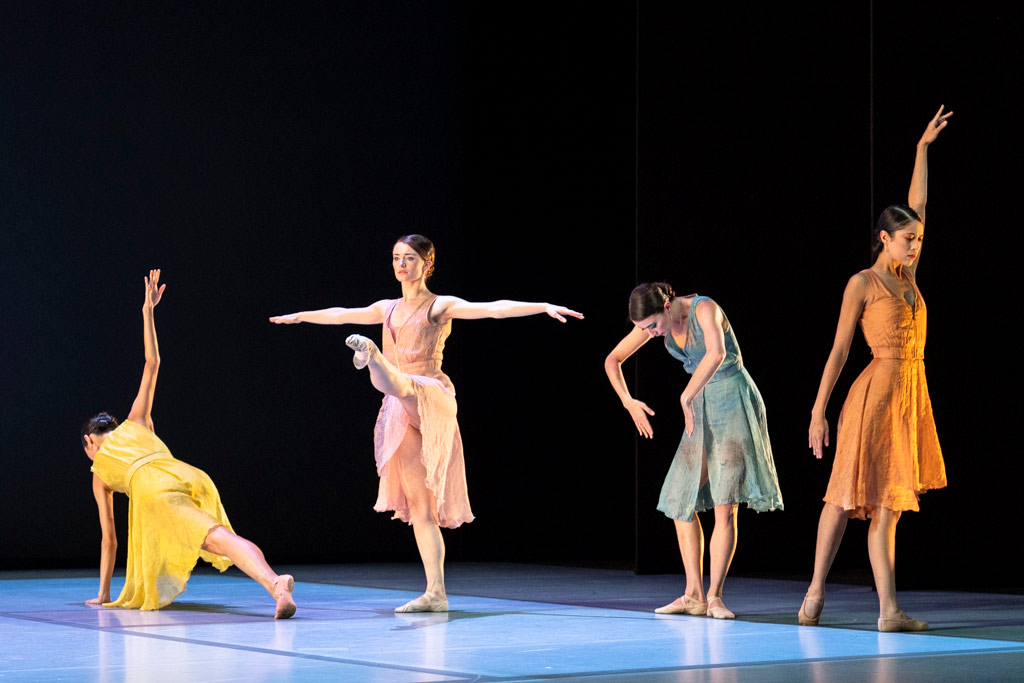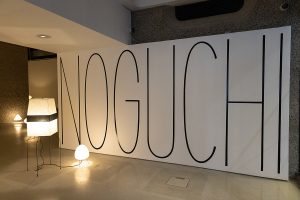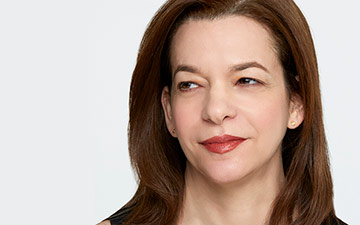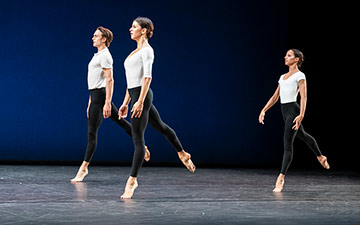
© ROH. (Click image for larger version)
The Royal Opera House has been celebrating International Women’s Day (8 March 2021) with a week of activities: www.roh.org.uk/international-womens-day-2021
www.roh.org.uk
pamtanowitzdance.org
As part of the Royal Opera House’s week of activities to celebrate International Women’s Day (8 March), Beatriz Stix-Brunell, the Royal Ballet First Soloist, talked to American choreographer Pam Tanowitz about her experience as a female dance-maker. Tanowitz created Everyone Keeps Me for the Royal Ballet in 2019, with Stix-Brunell among the cast of nine dancers. The conversation is available on the ROH Instagram site…
The discussion starts with Beatriz Stix-Brunell saying what a privilege and pleasure it had been working with Pam Tanowitz on Everyone Keeps Me, which had been much acclaimed. It had been performed for two nights in the Linbury studio theatre in a triple bill, the Royal Ballet’s tribute to the centenary of Merce Cunningham’s birth. (Like most reviewers, I had urged for Everyone Keeps Me to be performed in future on the ROH main stage.) Ms Stix-Brunell said the creative experience had been an intimate one for the dancers, developing personal relationships in performance rather than being a display piece for the audience to admire.

© Bill Cooper, courtesy the Royal Opera House. (Click image for larger version)
Ms Tanowitz agreed, saying ‘I try to work with the people I have in the room. My history and theirs – where they come from is important.’ She made the point that she is a modern dance choreographer, so her history is very different from that of choreographers for ballet. The pioneers of modern dance in the 20th century were women, from Isadora Duncan in America and Mary Wigman in Germany on. They and their successors were rebels against ballet’s conventions, developing their own individual styles and techniques. Ballet, she said, is based on ‘the fantasy of the pointe shoe, the fantasy of the woman created by the male choreographer.’ Later in the exchange, Ms Stix-Brunell quoted her as stating: ‘George Balanchine said ballet is woman. Well, it’s woman made by men’.
When Ms Tanowitz was invited to choreograph for ballet companies after a 25-year career in modern dance, she didn’t come as an activist for women. ‘When I first started making work, I wasn’t thinking ‘as a woman’, I was just creating. I want to make meaningful dance, though of course being female informs everything I do.’ From early on, she had been aware that male choreographers of her age were being taken up as ‘hot’ – a path that was not going to be hers. ‘The best way to combat that [prejudice] is to make good work.’ In a way, she was fortunate because she could fail on a small scale as an unknown and gain from the experience, learning to accept that not everything she did was going to be liked.

© ROH. Photograph by Rachel Hollings. (Click image for larger version)
She asked Ms Stix-Brunell about whether, as a ballet dancer, she had found a difference between male and female choreographers [such as Cathy Marston and Kristen McNally, as well as Ms Tanowitz]. One difference, Ms Stix-Brunell said, was that you might think male choreographers would have more perspective on the mechanics of partnering in pas de deux work – but it’s not true. What a woman creates is just as technically difficult. However, a woman’s artistic sensibilities would be different to a man’s, with more sensitivity and vulnerability, but also a huge amount of strength of mind transferred to the dancers. She went on to say that one reason why there are relatively few women choreographers in ballet is that female dancers are conditioned to perfect their art form. ‘We always know what we’re doing. To choreograph is to step out of your comfort zone, not know what you’re doing. It’s unknown waters. Whereas men feel that they can take a chance and keep going even when they fail.’
Both speakers agreed that it was frustrating even to have to talk about the experience of female choreographers, as distinct from male ones. There should be no need for all-women programmes – equality of opportunity should be embedded. However, Ms Tanowitz said, things are getting better with a younger generation of artistic directors willing to take a chance with female choreographers, as New York City Ballet and the Royal Ballet had with her.

© Foteini Christofilopoulou, courtesy the Royal Opera House. (Click image for larger version)
The conversation was followed by a panel discussion on YouTube about the challenges women face in the creative industries. No dance-related contributors were present as the panel raised issues the previous participants hadn’t addressed: how women have to balance family life and careers shaped by power structures that favour men; how vulnerable freelancers are; how vulnerable all the arts are without a safety net of financial support. Inevitably, discussions via screens with participants either reluctant or over-eager to interrupt each other are bound to be unsatisfying. Concerns are aired, with the conclusion that society needs to change. Once we emerge from lockdown, will the new normal herald faster progress?

















You must be logged in to post a comment.